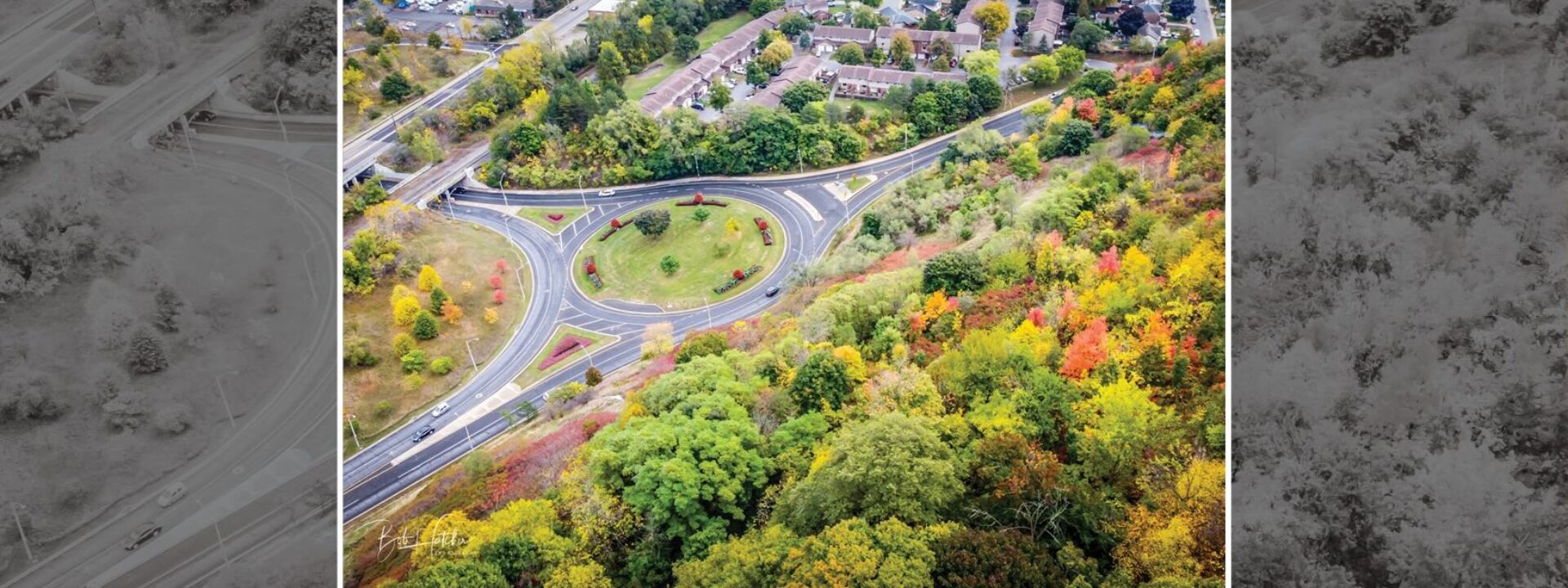Barking up the right tree

Hamilton and Burlington have both been recognized for two years in a row as Tree Cities of the World.
If you stand on the edge of the Niagara Escarpment and look down, or hike through the Dundas Valley or wander leafy neighbours such as Durand, Ancaster and Westdale or spend time in Gage Park, you may not be too surprised to learn that Hamilton has been recognized as a Tree City of the World.
The recognition is handed out by the Arbor Day Foundation, an initiative of the Food and Agriculture Organization, a specialized agency of the United Nations.
It’s the second year in a row Hamilton has made the list. The region is well represented because Burlington is also a two-time winner. Both are among the 22 Canadian cities and 170 around the world recognized in 2022 and the 18 Canadian cities and 200 international cities on the 2023 list.
Tree City of the World recognizes efforts to ensure an urban canopy is properly maintained and managed. To qualify, a city must have: a department dedicated to forestry or trees; an official policy managing trees and forests; completed a tree inventory; allocated financial resources; and celebrated progress in promoting trees.
The urban forest includes all of the publicly and privately owned trees and supporting vegetation in the urban area. It goes beyond the natural areas of Hamilton and Burlington and into the streets, backyards, parks and commercial areas.
Hamilton released its first urban forest strategy in 2023, which establishes a vision and roadmap to 2050. It sets a target of 40 per cent forest coverage by that date. That will require a concerted effort to reach because the city’s current urban canopy cover sits at 21.2 per cent (roughly 5 million trees), which puts Hamilton behind several nearby cities.
Part of the Hamilton strategy is to encourage homeowners to plant more trees on their property. That’s especially crucial for areas of the Mountain and the city’s core, which have much lower rates of tree coverage than other parts of the city.
It can’t be overstated how critical trees are to our natural ecosystem. They provide habitat for native plants and animals, protect our water and prevent flooding, give shade, improve air quality and fight the effects of climate change, including extreme heat and drought. They are also beautiful and contribute to a feeling of well-being for city residents.
Hamilton’s strategy includes five themes (inspire, act, protect, grow, adapt), guiding principles (including our favourite: “Goals are good. Action is better), along with 25 actions, both immediate and long-term.
Learn more about the City of Hamilton’s plan to ensure the long-term health of Hamilton’s urban forest here.













